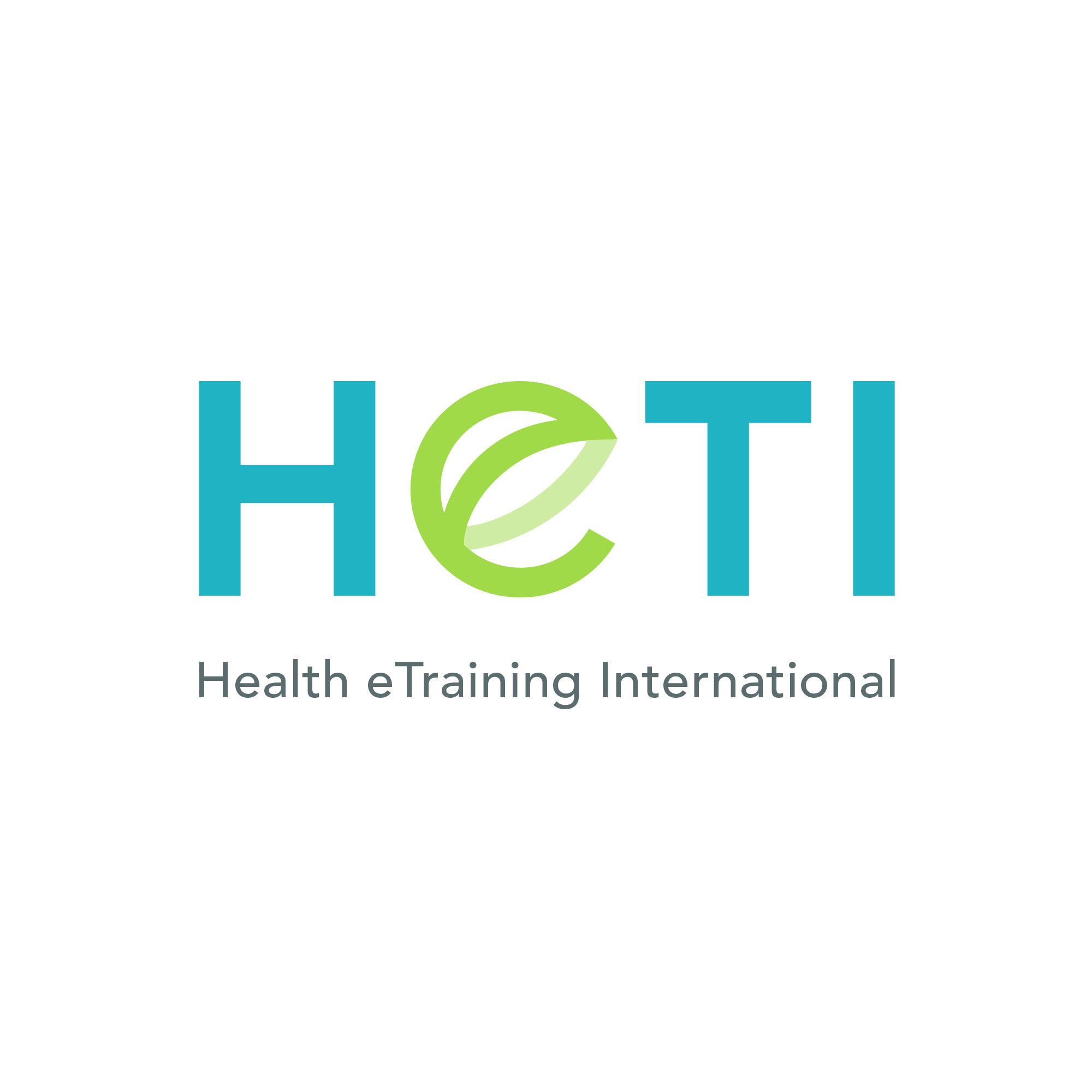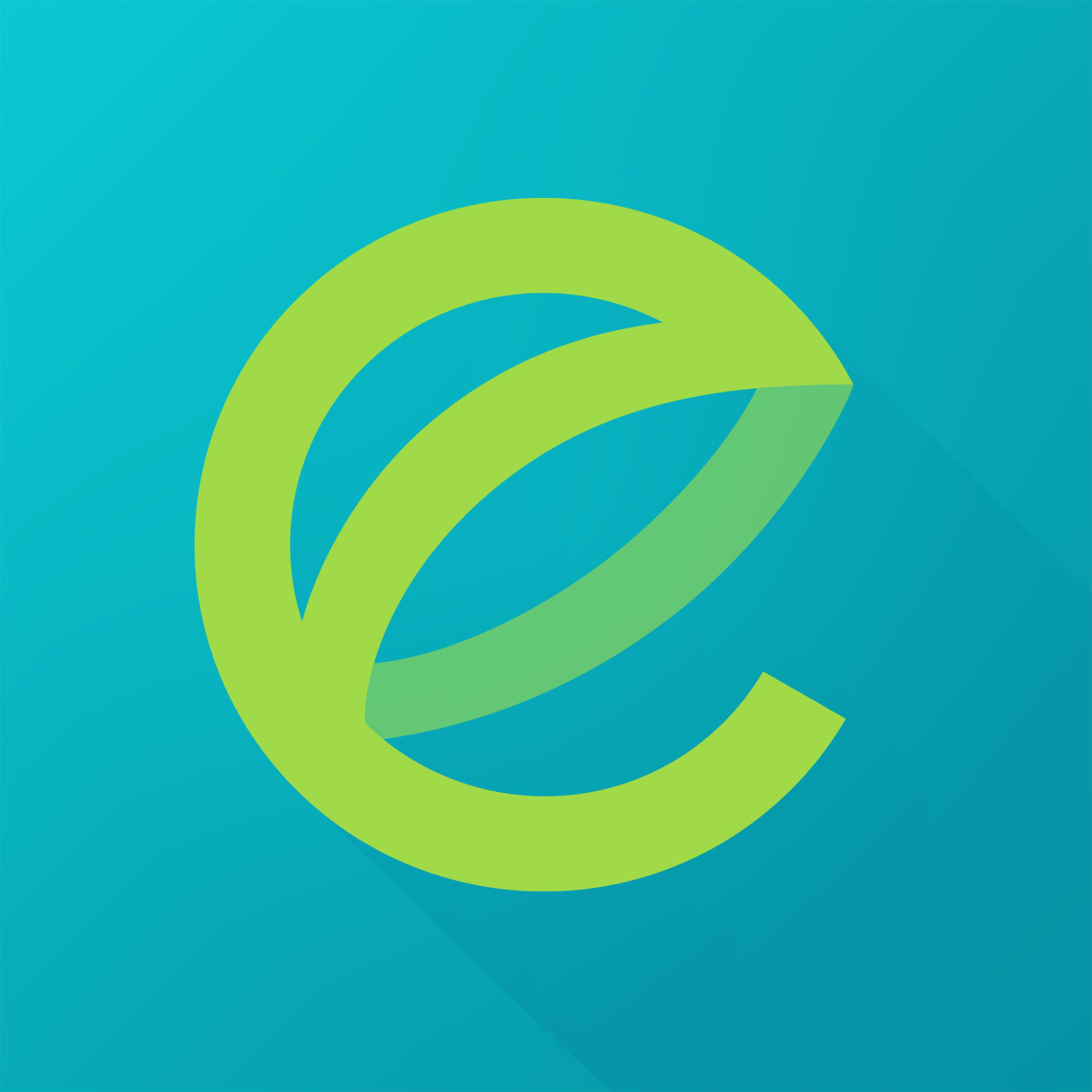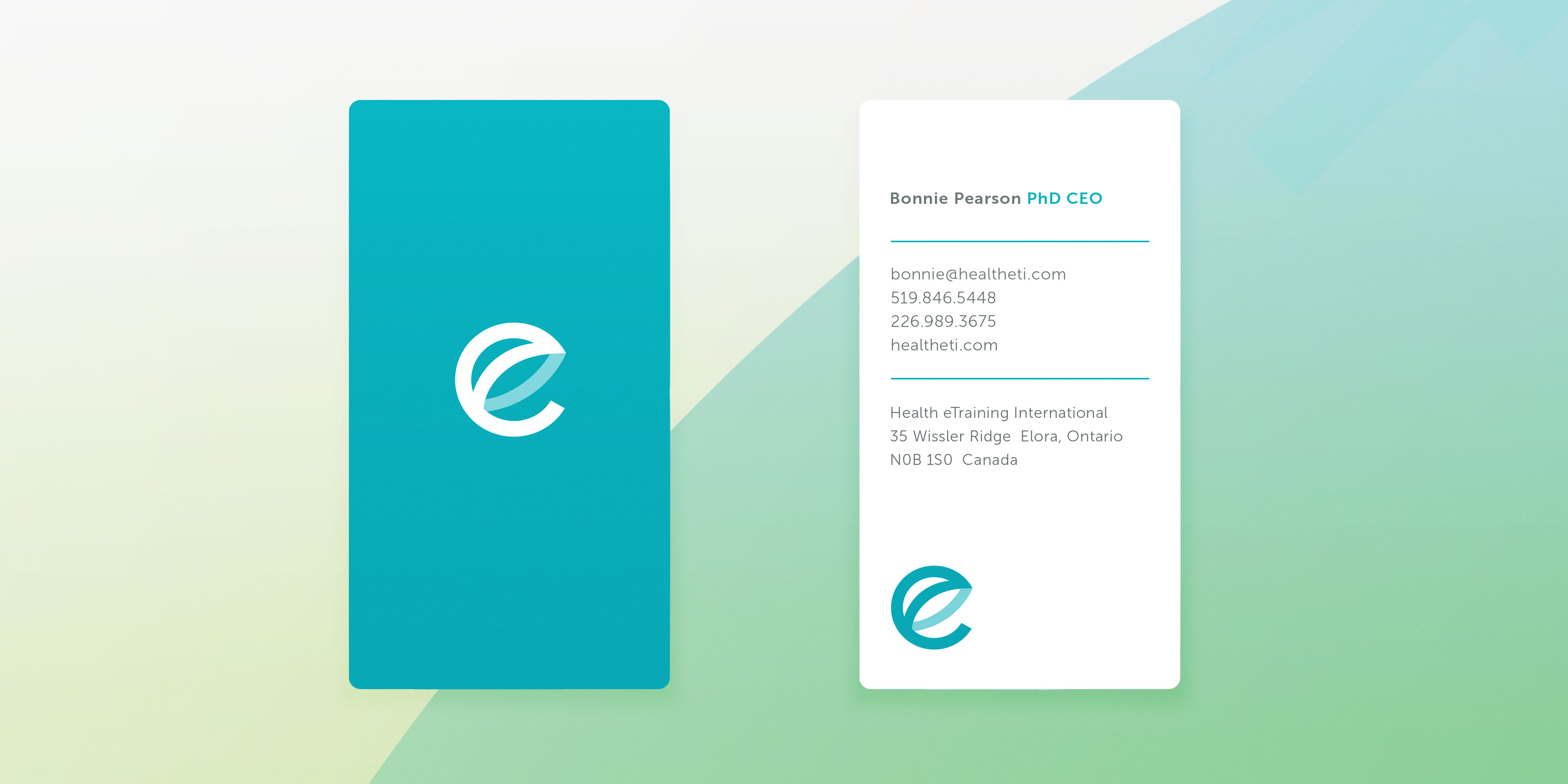HeTI
Aleph1 has been working with HeTI in a product design and management capactity for over 10 years. By consolidating approaches to design and development their suite of products has grown from two to over a dozen and counting.
HeTI trusts Aleph1 to keep them ahead of the curve while dealing with the complex health IT landscape across the globe — Canada, USA, Australia, New Zealand, and Ireland. The framework powering their products has gone through multiple versions, from ActionScript 2.0, to ActionScript 3.0, to HTML5, CSS & JavaScript, and our development approach has seen a significant reduction in production costs on a per-product basis. Their products integrate with Relias’ LMS solutions so web applications are preferable to native applications. Pushing boundaries within health care is a challenge, but the framework we have developed allows for the latest and greatest features (hardware accelerated CSS3 animations, etc.) while falling back gracefully for legacy browsers.
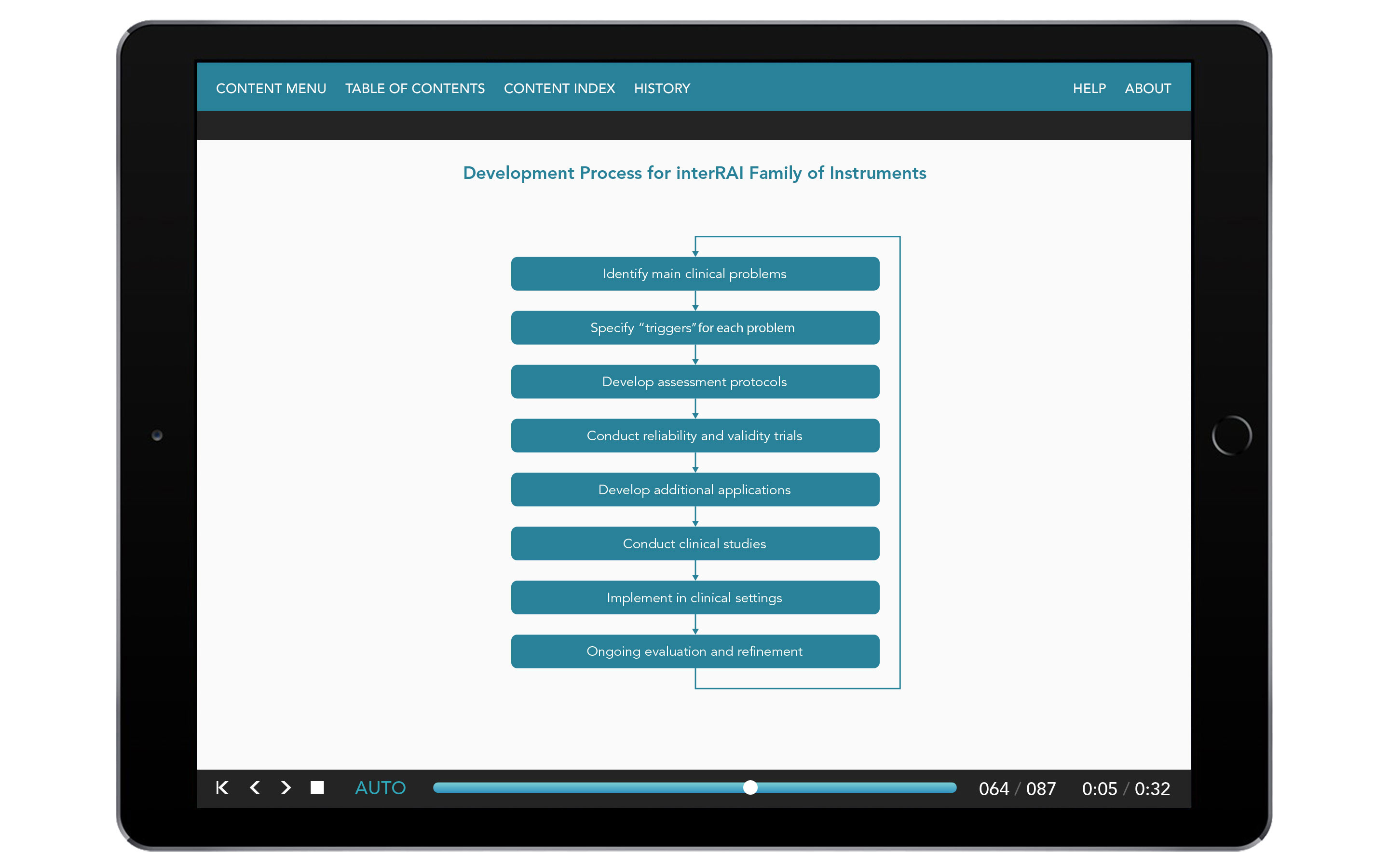
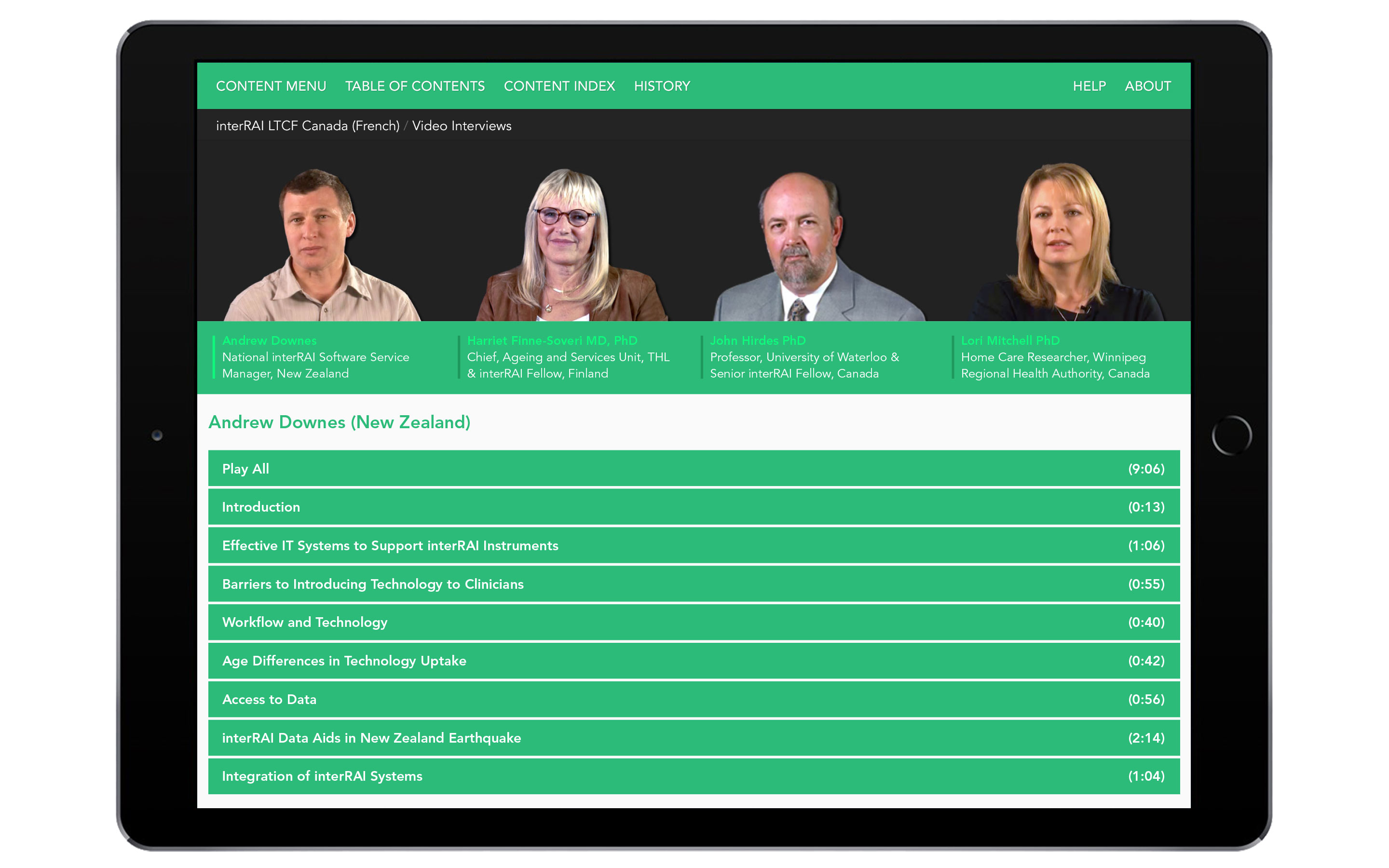
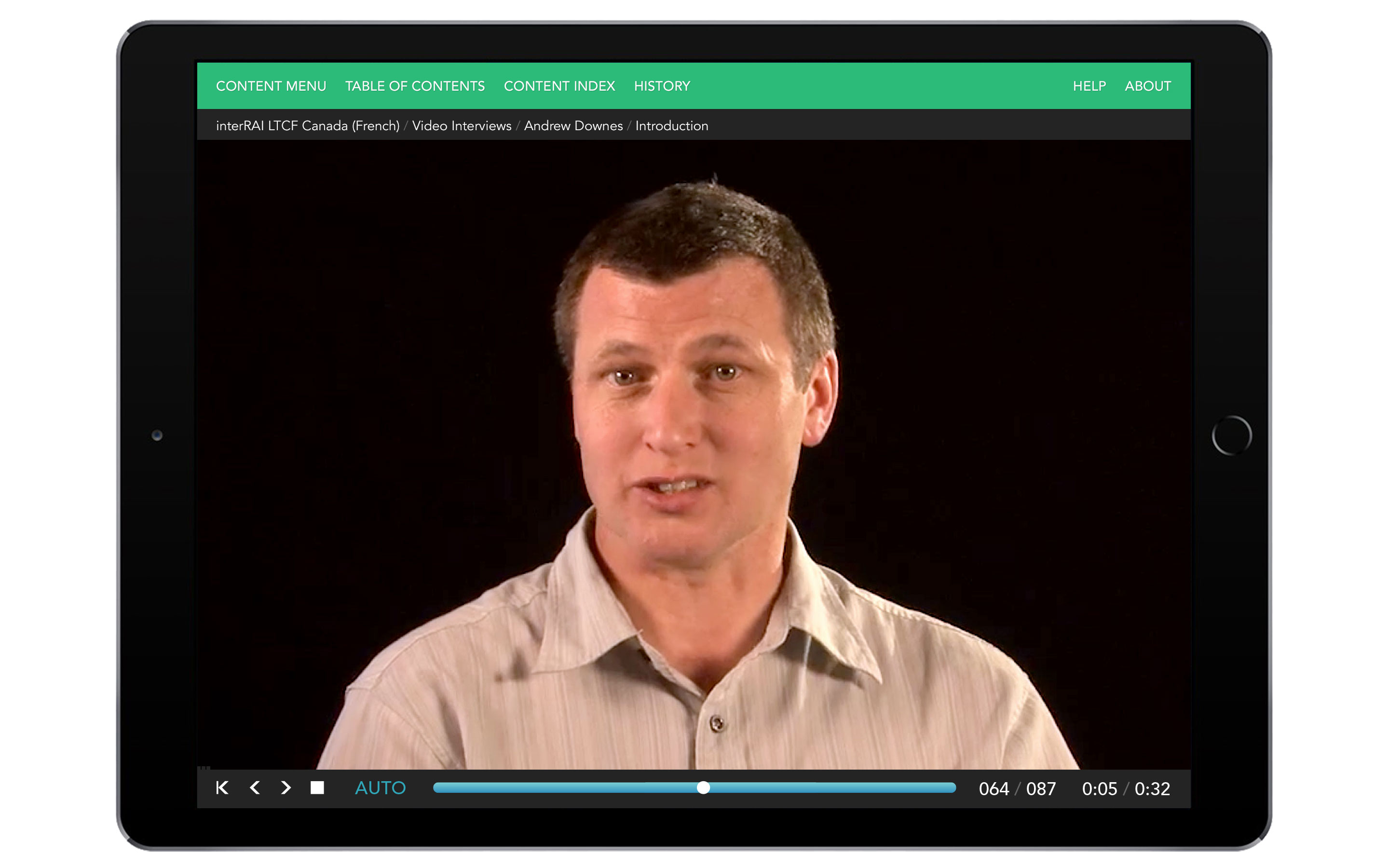
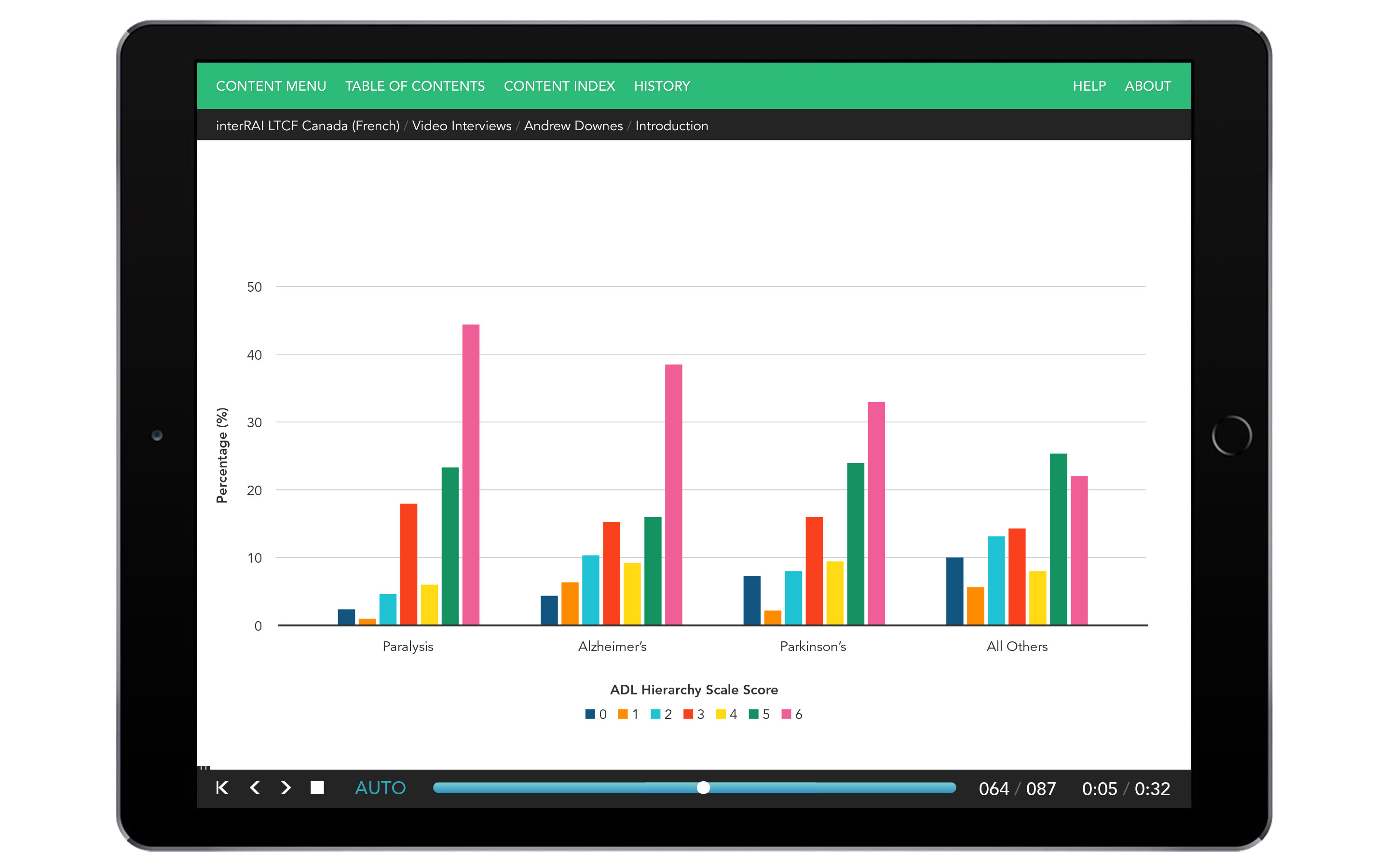
Improving the Speed of Learning
HeTI’s products include a vast amount of diverse content — hundreds of screens per product, consisting of text, images, flowcharts, graphs, and videos. New features are added frequenty, with content-centric ones being added to a single application to allow for real-world testing. This approach allows for the identification of any functional issues and to determine how a feature is used via analytics.
A big request in recent years was a reverse case study, where numerous industry experts would be interviewed to point out items of interest regarding a person’s health status. HeTI’s initial approach consisted four health experts being interviewed on camera resulting in almost two hours of video for the user to synthesize.
While using the reverse case study users reported similar issues, there was too much content, and it was hard to find the relevant information. Since there were already transcripts of the videos for accessibility purposes, we analyzed the content and built a map of references to particular items of interest. Using this data we proposed a more effective solution that allows learners to access relevant information in minutes versus hours. It also reduced costs with other applications not needing video recorded, or the associated costs for subtitles.

